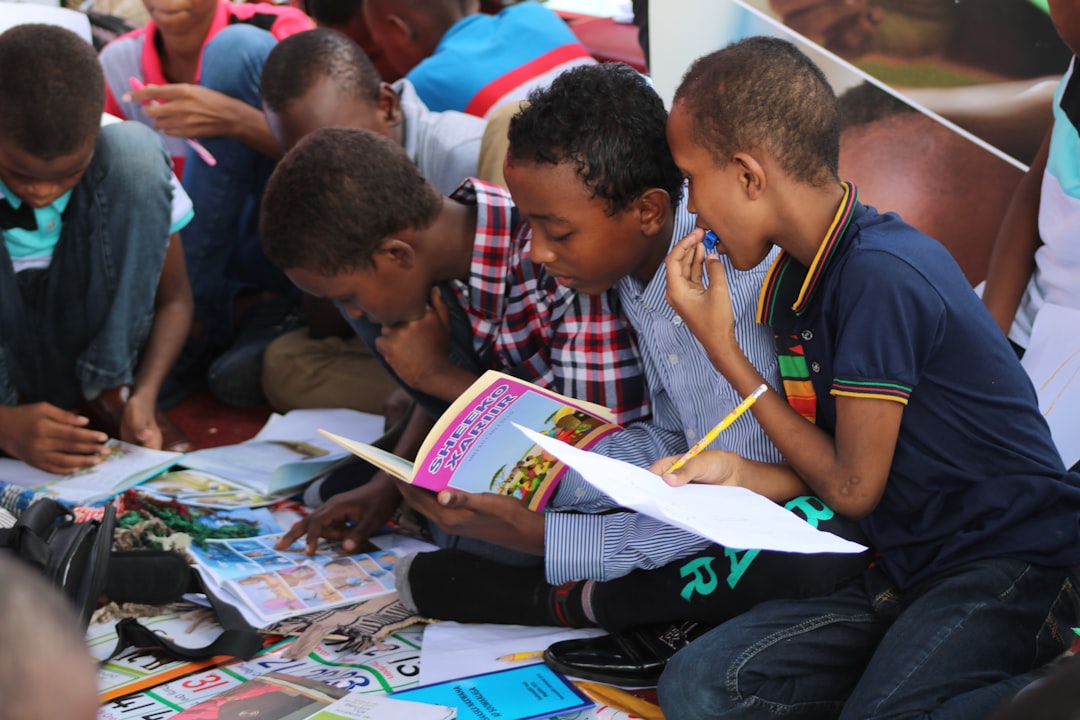
Top Family-Friendly Destinations for Your Next Vacation.
# Introduction. Traveling with family is one of the best ways to create amazing memories, especially when kids are involved. Finding a destination that caters to the entire family is essential for an enjoyable vacation experience. This guide will explore some of the best family-friendly destinations that promise thrilling adventures, educational opportunities, and relaxation—all tailored for kids of all ages. # 1. Disneyland: The Happiest Place on Earth. No family travel list is complete without mentioning Disneyland. Known as ‘The Happiest Place on Earth,’ this iconic theme park located in Anaheim, California, offers an enchanting combination of rides, entertainment, and character meet-and-greets. Parents will appreciate the diverse attractions that cater to both younger children and teens, ensuring that everyone in the family has something to enjoy. From magical parades to thrilling rides like Space Mountain and the Haunted Mansion, Disneyland truly delivers. What makes Disneyland even more special is its educational aspect. Children can learn about teamwork and cooperation in interactive attractions like the Jedi Training Academy. Additionally, the park frequently showcases themed experiences based on educational topics such as history and the environment, making it a fun and learning-filled destination. # 2. Washington, D.C.: A Journey Through History. Washington, D.C. is another incredible family-friendly destination brimming with opportunities for education and adventure. The nation’s capital is home to many free museums, including the Smithsonian Institution, which houses numerous family-friendly exhibits. Kids can explore the Air and Space Museum, the National Museum of Natural History, and even the National Zoo, where they can see endangered species up close. The monuments and memorials scattered throughout the city provide a living history lesson. Visiting places like the Lincoln Memorial or the World War II Memorial allows children to connect what they learn in school to real-world history. Pedestrian-friendly areas also make it easy for families to navigate the city while discovering its rich culture. # 3. Orlando: Roller Coasters and More. If your family enjoys attractions and amusement parks, then Orlando, Florida, is the ideal destination. Home to Walt Disney World and Universal Studios, it offers a plethora of theme parks where kids can indulge their thrill-seeking tendencies. Particularly, Universal’s Islands of Adventure features favorite attractions like The Wizarding World of Harry Potter, which delights fans of all ages. Moreover, Orlando’s numerous water parks, such as Typhoon Lagoon and Blizzard Beach, are perfect for those sunny days when you want to cool off. With interactive exhibits, character encounters, and diverse dining options, Orlando has something for every family member, ensuring everyone has a blast! # 4. San Diego: Beaches and Family Fun. San Diego, California, is another fantastic destination that boasts beautiful beaches, mild weather, and incredible family-friendly attractions. Families can enjoy a day at Balboa Park, where they can explore the San Diego Zoo, one of the best zoos in the world, and various museums tailored for children. The interactive exhibits at the Fleet Science Center spark curiosity and provide engaging educational experiences. Aside from the zoo, families can unwind on the sandy shores of La Jolla or Coronado Beach, where children can build sandcastles and enjoy crashing waves. With family-friendly dining options and outdoor adventures, like hiking trails in Torrey Pines State Reserve, San Diego is a coastal paradise that caters to families seeking fun in the sun. # 5. Costa Rica: An Adventure Awaits. For families who crave outdoor adventures, Costa Rica is a dream destination! This Central American gem offers lush rainforests, stunning beaches, and an array of activities perfect for both kids and parents. Families can experience zip-lining through the treetops of Monteverde Cloud Forest, white-water rafting on the Pacuare River, or exploring the beautiful beaches of Manuel Antonio National Park. Education is also key in Costa Rica, where families can learn about biodiversity and the importance of conservation. Engaging with local wildlife, visiting animal sanctuaries, and taking guided nature tours provide unique opportunities for children to connect with nature. Overall, Costa Rica offers a perfect blend of adventure and learning. # Conclusion. Traveling as a family creates lifelong memories filled with joy, laughter, and education. The destinations listed here, from Disneyland to Costa Rica, offer enriching experiences that are kid-friendly and engaging for every family member. As you plan your next family vacation, consider these exciting locations where adventure awaits and fun is guaranteed! .








